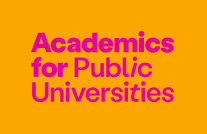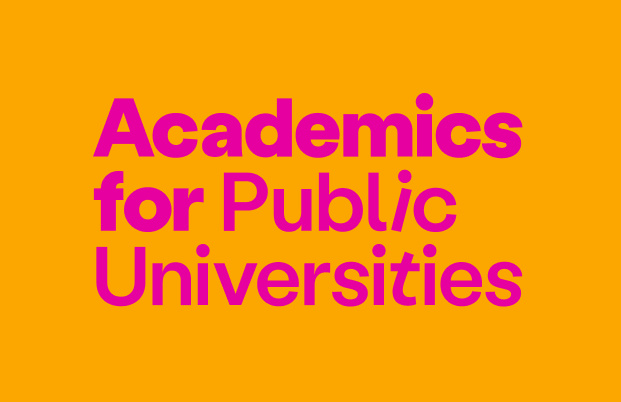Australian accounts ‘exaggerating Covid impact’
Institutions accused of ‘opportunism’ over job cuts
May 24, 2021
John Ross
Twitter: @JohnRoss49
Australian universities have been accused of exaggerating the financial impact of Covid-19, with investment revaluations and accounting conventions dwarfing losses from international students’ tuition fees.
Economist and former University of Canberra pro vice-chancellor John Howard said that of the 21 Australian institutions that have so far published their 2020 financial accounts, all but one had achieved surpluses on their cash transactions, with the increase averaging around 3 per cent.
Despite this, eight of the 21 universities had posted deficits. Dr Howard said this reflected the inclusion of “non-cash” expenses like depreciation, amortisation and changes in investment valuations rather than tangible losses of revenue.
While international tuition fee earnings across the 21 universities plunged by about A$300 million (£164 million) last year, reported investment income decreased by more than A$600 million. And depreciation, reported as an expense in the income statements, had totalled more than A$1.4 billion, reflecting write-downs in the value of new buildings, plant and equipment.
Dr Howard said listed companies reported to shareholders based on earnings before interest, taxes, depreciation and amortisation (EBITDA), which provided “a better snapshot” of their current operational efficiency, and universities should do likewise. On an EBITDA basis, he said, the published financial statements suggested no university had yet recorded a current earnings deficit in 2020.
University of Melbourne chief operating officer Allan Tait said EBITDA-based financial reporting was problematic because it treated research grants and “tied” donation income as general revenue that could be used for any purpose.
He said the university’s preferred measure for monitoring its financial performance – the “operating result” – removed “items that distort core operating performance, such as movements in the valuation of investments and income of a capital nature” from the “accounting or net result”.
Universities have adopted imprecise language to describe last year’s financial results, with terms such as “reportable”, “operating”, “statutory” and “underlying” sometimes used interchangeably. This has sown confusion; a newspaper reported one institution’s A$168 million surplus as a surfeit of just A$9 million, while another university’s estimated A$107 million surplus was reported as a “slim loss”.
While universities say they lost A$1.8 billion of revenue last year and face a further A$2 billion downturn this year, both figures are outstripped by their reserves of A$4.6 billion in accessible cash at the pandemic’s outset.
Martin Foo, an economist with S&P Global Ratings, said universities had good reasons not to deplete these reserves. “You need a fair bit of cash on hand at any time to meet payroll and other expenses. If you’re halfway through building something, you need the money to complete that construction.”
Nevertheless, universities faced a “tough sell” lobbying for more government support when they had access to so much money – particularly after they had cut courses, closed campuses and shed an estimated 17,300 tenured and contract jobs.
In Victoria alone, where the state’s eight public universities shared pre-pandemic cash and cash equivalents of almost A$1.4 billion, annual reports show that they employed 8,175 fewer staff in December 2020 than in December 2019.
The National Tertiary Education Union’s Victorian assistant secretary, Sarah Roberts, said some of these job cuts would have been unavoidable. “However, there’s a level of opportunism in it. Institutions have had thoughts about ‘dead wood’ in the teaching and professional staff cohort. They have used this as an opportunity to swing the axe.”
Reporting rules require Victorian universities to disclose precise workforce figures, with every institution showing a net staffing decline last year. But in other jurisdictions, where no such obligations apply, six of the eight universities that reported their workforce numbers said staffing levels had increased.
john.ross@timeshighereducation.com
Read the article on Times Higher Education here.

